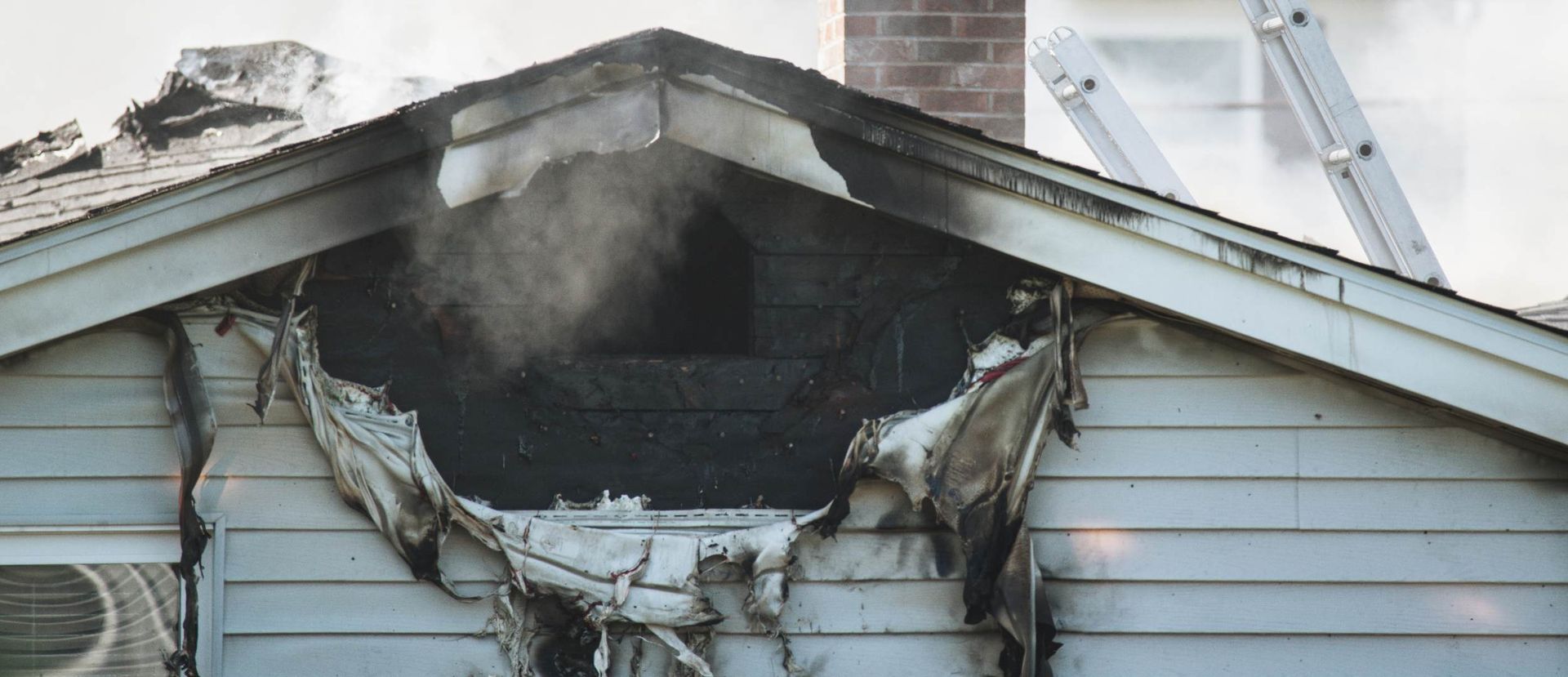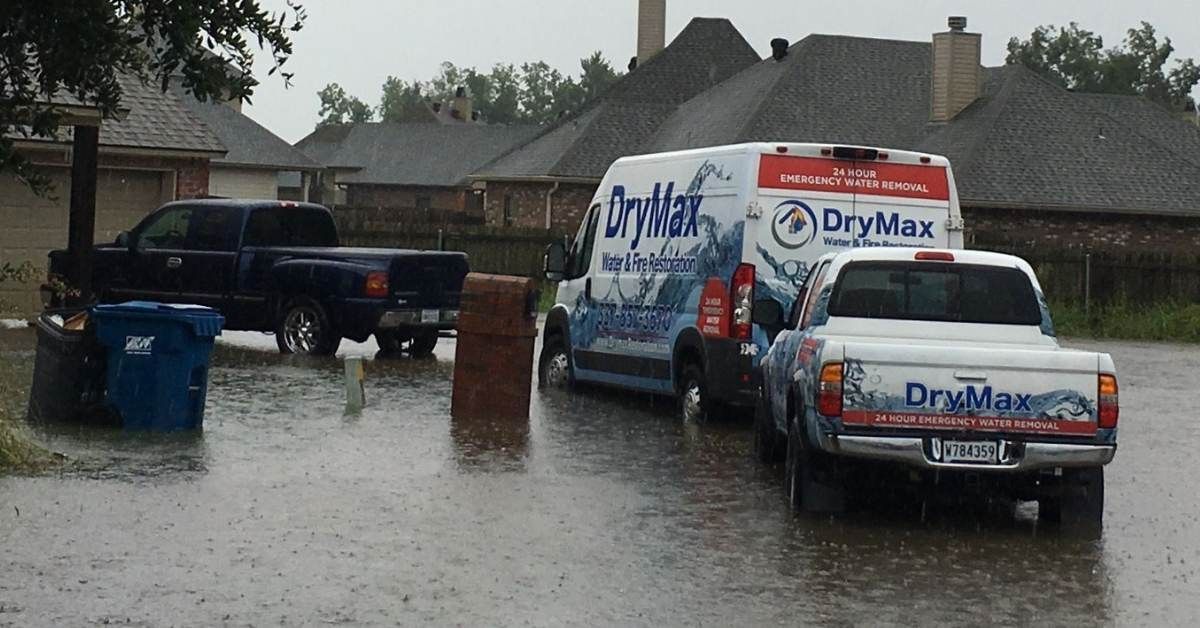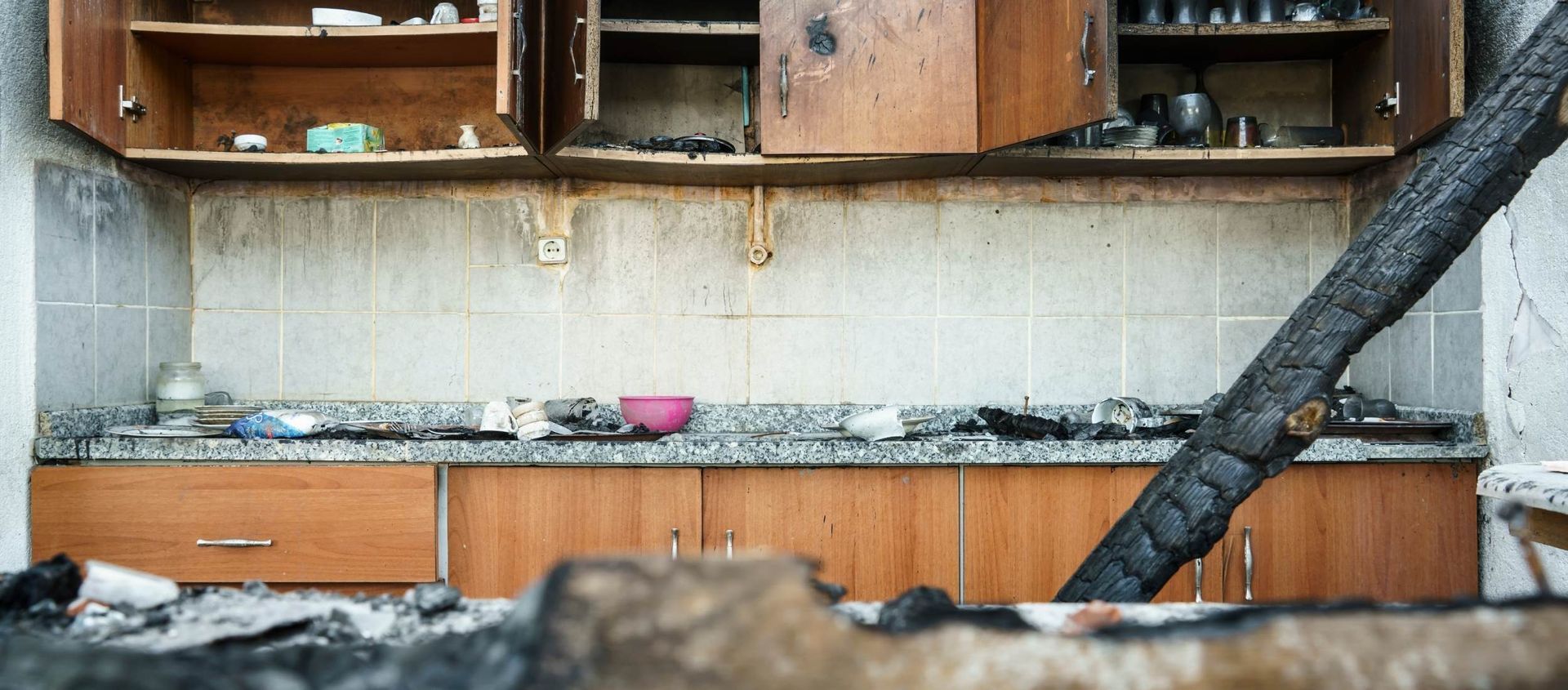Prevent Bathroom Water Damage
Water and bathrooms are inextricably linked. Bathrooms, like kitchens, encounter a lot of moisture throughout the day. Your bathroom is no stranger to moisture, thanks to showers, baths, toilet use, and sink use. If homeowners in Louisiana are not careful, this might become a problem in the long run. Bathroom dampness is, of course, quite common, and a bathroom should be built with certain materials and in a certain way to accommodate the space's intended use. Excessive moisture, on the other hand, can cause extensive water damage over time. Bathroom water damage may be avoided quite quickly and easily.
Bathroom Moisture Control & Water Damage Prevention in Louisiana Homes
A bathroom will experience a lot of wetness during the day because of its role. It is critical for Louisiana residents to pay attention and prevent excess moisture accumulation in their bathrooms in order to avoid bathroom water damage. Otherwise, you risk creating the ideal environment for a significant water damage issue.
Plumbing Maintenance:
Examine and feel for wetness around your bathroom pipes and seals to look for leaks. Excessive water infiltration can result in catastrophic water damage and the development of significant water damage.
- If you detect a bathroom leak, contact a professional (such as a plumber or handyman) as soon as possible. Unresolved leaks can quickly escalate from a slight inconvenience to a significant and costly catastrophe.
- You may need to hire a professional water damage restoration company to thoroughly remove the water and dry up your bathroom in the case of a severe water leak or bathroom flood.
- Slow draining in your sink, bathtub, or shower might indicate a backlog in the drainage system. Water damage can be caused by clogged drains. Immediately clear the drains.
- In addition to causing water damage, clogged drains can cause a slew of other costly problems.
- If you're seeing frequent backups, it might be a sign of underlying sewage system issues. Unaddressed sewage system issues can only get worse, so inspect your home for signs of a sewage leak or blockage in Louisiana.
Ventilation/Air Circulation:
Humidity is the most serious hazard to your bathroom. When indoor humidity levels exceed 50%, your bathroom is at risk of water damage. Keeping the humidity in your bathroom below 50% might help you avoid water damage indoors.
- Between the hot showers and the continual flow of water all day. If you do not take the appropriate measures, humidity levels might quickly rise.
- Regularly ventilate the bathroom:
- Using fans during and after a shower or bath is a good idea.
- Check the draw of your bathroom exhaust fan to ensure it can efficiently suck hot, moist air out of the bathroom and away from the house.
- If your bathroom has windows, open them to let the steam go.
- Keep doors locked in the shower to prevent hot, moist air from escaping and harming dry portions of the house.
- Keep the bathroom door open while the shower or bath is not in use. Throughout the day, it will improve air circulation.
Dry Off Bathroom Surfaces: When practical and within reason, make sure that all of your surfaces are dry. As needed, wipe and dry surfaces such as mirrors, tiles, glass, and walls. Over time, standing water might cause difficulties. Water vapors from moist surfaces can evaporate, increasing the amount of water vapors in the air and raising the interior humidity. Water may alter porous construction materials if they are exposed to it repeatedly or for an extended period of time.
Declutter Your Bathroom:
To limit the quantity of moist surfaces that might promote Water Damage, remove superfluous things. Unused goods are frequently overlooked. Water Damage may develop under things that are sitting in damp and spread without being noticed.
Clean Your Bathroom Regularly:
- Wipe off all surfaces with a light detergent, baking soda solution, or vinegar solution on a regular basis. Walls, floors, countertops, shower stalls, bathtubs, and toilets are all examples of this.
- Take a few moments to clean all of the bathroom's objects, including shampoo bottles, toys, glasses, and containers.
- Make it a practice to wash all porous goods on a regular basis. Moisture is trapped in porous materials such as carpets, towels, and other textiles.
- Wash your bathroom rugs on a regular basis.
- Make sure to wash your shower curtain on a regular basis.
- If you don't have a machine-washable cloth shower curtain, clean it with a light detergent, baking soda solution, or vinegar solution.
While preventing bathroom water damage is simple, some big water occurrences (such as leaks and floods) are unavoidable. Contact DryMax Restoration's bathroom Water Damage restoration specialists if you suspect you have a significant Water Damage problem in your Louisiana home's bathroom.




